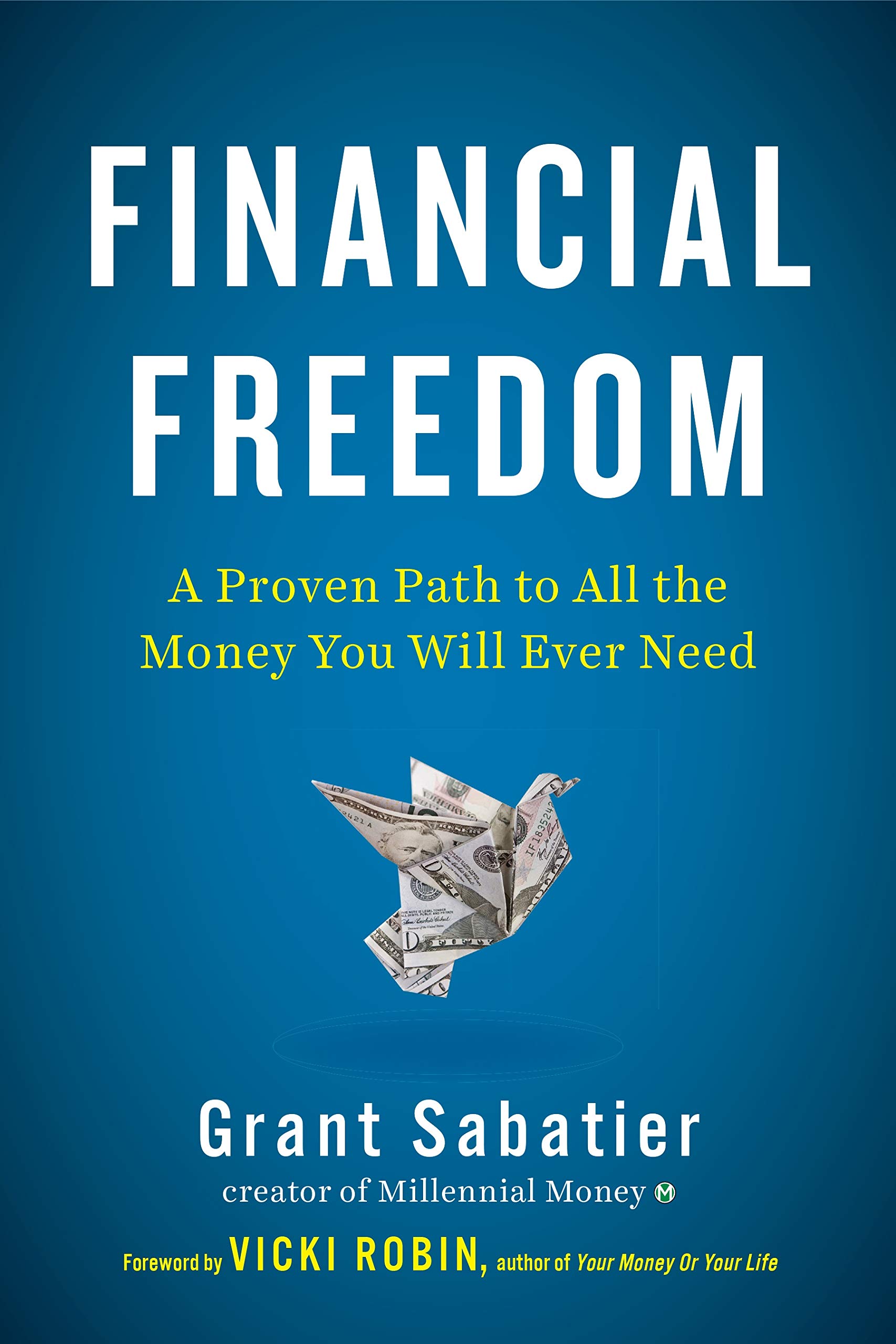Book journal #25 – Financial Freedom: A Proven Path to All the Money You Will Ever Need

Quyển sách này mình thấy được xây dựng theo cấu trúc tốt. Đầu tiên tác giả hướng dẫn cách xây dựng mục tiêu cụ thể: cần bao nhiêu tiền để đạt được tự do tài chính. Sau đó đến bước tính toán xem bản thân đang ở đâu so với mục tiêu đó. Cuối cùng là để đạt mục tiêu thì chúng ta cần làm gì.
Ở đây tác giả có 1 vài idea thú vị. Đầu tiên là đánh giá giá trị của 1 món đồ không phải qua giá tiền mà là qua số thời gian mà chúng ta phải làm việc để kiếm đủ tiền mua món đồ đó. Ví dụ như lương bạn là 10 triệu/tháng. Để mua oasis 3 giá sale amazon còn 5 triệu thì tương đương với 2 tuần = 80 giờ làm việc. Sau khi quy đổi thế thì chúng ta sẽ thấy món đồ tốn của chúng ta nhiều công sức hơn là 1 cú chuyển khoản ngân hàng hay vài tờ giấy 500k.
Idea này là 1 góc nhìn theo mình là khá hay. Mình thì hay định lượng theo thời gian sử dụng hoặc món đồ đó sẽ tiết kiệm cho mình 1 khoản gì khác. Ví dụ như mình bị cận, đeo kính khoảng 16-18 tiếng/ngày nên mình không tiếc tiền mua kính tốt. Kính tốt đeo sẽ sướng và tăng độ đẹp trai. 1 ví dụ khác là mình đầu tư 1 đôi giày xịn để chạy bộ hàng ngày. 1 đôi giày tốt ngoài chạy sướng ra thì cũng giảm bớt nguy cơ chấn thương. Tuy nhiên nếu chỉ chạy tuần 1 buổi thay vì 5-6 buổi như mình thì không cần thiết phải mua giày tốt lắm.
1 idea thú vị nữa từ quyển sách này là việc tạo budget cho từng mục, ghi lại chi tiêu cặn kẽ là không cần thiết. Chỉ cần xác định 3 mục chi tiêu nhiều nhất và tấn công 3 mục đấy là được, sẽ rảnh cái đầu hơn.
Notes
- The first step toward financial freedom is to calculate how much money you spend annually. From total cost, we will have total money we need.
- Total money * saving interest rate >= total cost
- Example: total cost = 120 mil VND/year. Saving interest rate = 4%/year –> Total money = 3 billion VND.
- Before you set your financial plan into motion, you must understand your starting position.
- Starting point = your net worth (or your overall financial value).
- Net worth is the most important figure.
- Calculate net worth:
- Assets: anything you own that has monetary value
- Make list of all things that’s worth over $100
- How much money you’d get for each item if you sold it
- Calculate liabilities: the amount of money you owe
- Net worth = Assets – Liabilities
- Spend 5 minutes of every day tracking your net worth
- To guild your spending, work out how much of your life you’re trading for every item
- An item’s true cost isn’t its ticket price. It’s the number of hours you have to work so you can buy it.
- To buy that $3 coffee, you actually have to make $4 pre-tax.
- Once you shift your mindset to seeing items in terms of hours of your life, they’ll begin to look more expensive.
- Calculate hourly income rate.
- Every purchase you make is a trade off – spend money on one thing, that’s less money you can save.
- Cutting back on your housing, transport and food costs will significantly increase your savings.
- The problem with budgets is that they give you the impression that money is scarce – by forcing you to account every cent.
- Budget rarely help you save significantly anyway.
- Best way to optimize saving and control spending is target these large costs: housing, transport, food costs.
- Aim to save at least 25% of your income, by reducing your big three.
- Proactively look for ways to optimize your 9 – 2 – 5 pay check, so you can reach financial independence sooner.
- Pension fund
- Ask for a raise
- Investigate the salary of your current position in other companies.
- Your contribution to the company.
- Choose timing wisely.
- Salary increases as a percentage, not a number.
- See if you can work remotely –> cut out commuting time and expenses.
- Diversify your income by setting up side businesses.
- Side business = passive income.
- Be strategic when you’re choosing your side businesses.
- Find something that speaks to your interests and skills.
- Test the market.
- Keep costs to a minimum.
- Invest all money from side business into your investment account.
- Even the best financial strategy only works if you put it into practice.
- For every day your money isn’t compounding, you’re losing wealth and increasing the years it will take to reach financial independence.